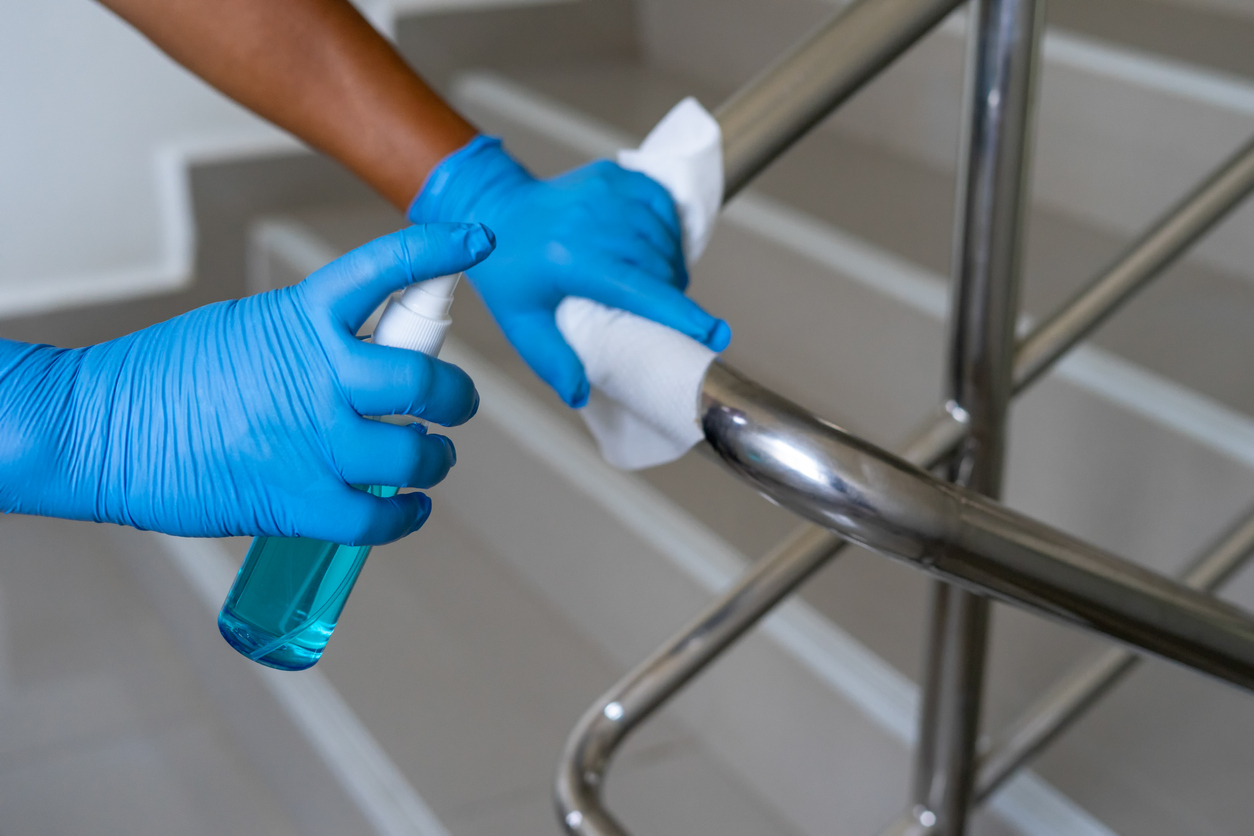
To maintain a stainless - steel balustrade, the following steps can be taken:
Regular Cleaning
1.Gentle Detergent Wash: Use a mild detergent mixed with warm water. Softly scrub the balustrade with a non - abrasive sponge or cloth. This helps to remove everyday dirt, dust, and grime. For example, a solution of dish soap and water works well. Avoid using harsh chemicals like bleach or ammonia - based cleaners, as they can damage the protective oxide layer on the stainless steel.
2.Rinse Thoroughly: After washing with the detergent solution, rinse the balustrade with clean water. Make sure to remove all traces of the detergent, as any residue left behind can cause streaks or corrosion over time. Use a hose or a bucket of clean water for rinsing.
Spot - Cleaning
1.Address Stains Promptly: If there are any stubborn stains, such as food spills or rust marks (yes, stainless steel can sometimes show rust - like discoloration in certain conditions), use a stainless - steel cleaner specifically designed for the material. Apply the cleaner according to the manufacturer's instructions, usually by spraying or applying it directly to the stain and then gently scrubbing with a soft cloth.
2.Remove Rust Spots: In case of small rust spots, a stainless - steel polish or a fine - grit sandpaper (around 2000 - 3000 grit) can be used carefully. Rub the rust spot gently in the direction of the metal's grain. Afterward, clean and rinse the area to prevent further corrosion.
Protection from the Elements
1.Avoid Exposure to Harsh Environments: If possible, try to limit the balustrade's exposure to highly corrosive environments. In coastal areas, where salt - laden air is prevalent, consider applying a protective coating. A clear polyurethane or a specialized stainless - steel protectant can be used. These coatings act as an additional barrier against the corrosive effects of salt and moisture.
2.Shelter from Acidic Substances: Keep the balustrade away from acidic substances. In industrial areas or near swimming pools (where chlorine - based chemicals can create an acidic environment), take extra precautions. If the balustrade is in an area where it might come into contact with acidic fumes or splashes, rinse it with water immediately after any potential exposure.
Inspect for Damage
1.Regular Visual Checks: Periodically inspect the balustrade for any signs of damage. Look for scratches, dents, or loose fittings. Scratches can disrupt the protective oxide layer, making the stainless steel more vulnerable to corrosion. If you notice any scratches, follow the spot - cleaning and rust - removal steps mentioned above.
2.Check for Loose Parts: Ensure that all the connections and fittings of the balustrade are tight. Loose parts can cause the balustrade to wobble, and they may also expose the underlying metal to the elements, increasing the risk of corrosion. Tighten any loose screws or bolts as needed.
By following these maintenance steps, you can keep your stainless - steel balustrade looking great and functioning properly for a long time.
Contact: Ivy
Phone: 008613660703542
E-mail: Ivy@besterrailing.com
Whatsapp:008613660703542
Add: No.42,Hecun Section,Ganhe Road,Hecun Community, Lishui Town,Nanhai District,Foshan City